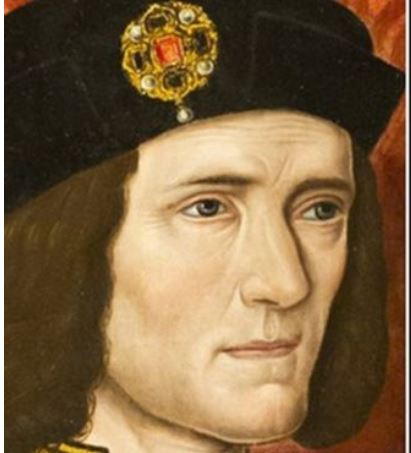
I am a great fan of Terry Jones’ writing/opinions when it comes to medieval history, and today just happens to be Terry’s birthday.
That he supports King Richard II I already knew, but I did not know he also thinks highly of King Richard III. What I write below is taken from a book, which itself was originally inspired by the television series Terry Jones’ Medieval Lives, produced by Oxford Films and Television for BBC Television and first broadcast on BBC2 in 2004. It was first published in hardback 2004, and in paperback in 2005.
So, it has to be emphasised that Jones’ opinions were expressed before Richard’s remains were discovered in Leicester. Before so much more had been discovered about that much-wronged king. Jones was a Ricardian at least as far back as 2004. And please do not think that anything in the following paragraphs is my opinion, I merely take from Jones’ writing in order to convey his view of Richard III. So the comments about the bones displayed in the Tower, and Richard’s second coronation in York are his views. The illustrations are my additions. Please buy the book, it’s well worth reading.

Toward the end of the book, when he reaches the matter of Richard III, he expresses his view by launching straight in that the king we all know (from Shakespeare) is very different from the actual man who sat on the throne between 1483-5. Jones refers to the Bard’s character of Richard III as a ‘cardboard cut-out’, to be ‘booed and hissed’, but points out that this creation was written when the Tudors were on the throne. Tudor propaganda is to blame for the wilful and cruel destruction of the real Richard III. An extraordinary effort was made to create the story that Richard plotted to seize the throne of England and then ruled as a brutal tyrant.
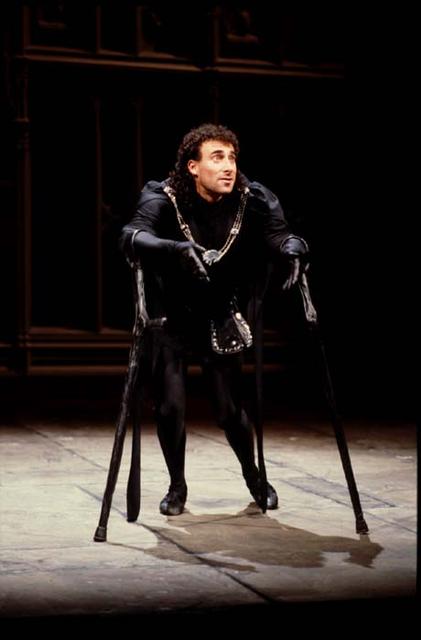
Medieval kings ruled by consent, which mostly meant the consent of the nobility of southern and central England, with the earls
In the north being gradually edged aside, which eventually led to the Wars of the Roses, which had ended with Edward IV defeating the northern nobility.
Edward chose his brother Richard to govern in the north, and Richard duly arrived in 1476 with 5000 men. This might have been deemed a threat by the city fathers, but according to their records: ‘After greetings were exchanged, the duke addressed the civic officials within Bootham Bar, saying that he was sent by the king to support the rule of law and peace.’
And so he did, devoting himself to the minutiae of government and justice. He heard pleas on quite small matters:
‘Right and mighty prince and our full tender and especial good lord, we your humble servants, havnyg a singler confidence in your high and noble lordship afore any other, besecheth your highnesse. . .concerning the reformation of certain fish traps. . . In 1482 the York gave him gifts, ‘for the great labour, good and benevolent lordship that the right, high and might prince have at all times done for the well of the city.’ Richard was presented with: ‘6 pike, 6 tenches, 6 breme, 6 eels and 1 barrel of sturgeon’, a local speciality of spiced bread, and fourteen gallons of wine to wash it all down.’
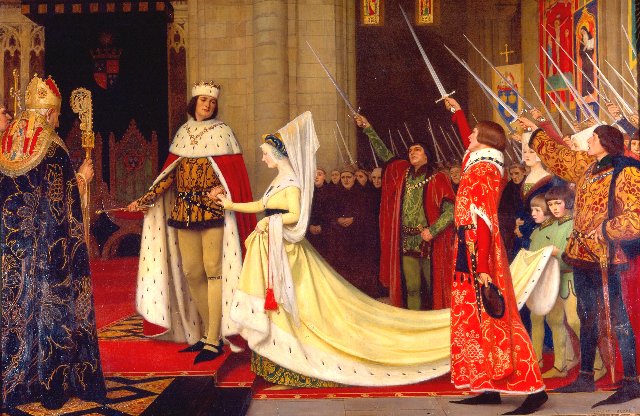
But the darkest story to damn Richard for posterity was the deaths of his two nephews, the sons of Edward IV. Edward, when dying, named his 12-year-old son, another Edward, as his successor. He also designated Richard as Lord Protector, the guard the kingdom and the boy himself until the latter was of age. Richard was in the north when the king died on 9 April 1483, and did not know what had happened. The little king-to-be was in the hands of his mother’s family, the ambitious Woodvilles, who had no intention of giving up power to Richard, Duke of Gloucester. Keeping him in the dark, they began to rush the boy to London, intending to have him crowned on 4 May, but Richard found out, and intercepted them. Outwitted them too. Taking charge of the boy, he escorted him to London, where the future king was installed in the royal apartments at the Tower. The coronation was rescheduled for 22 June, but on the 13th of the month, an extensive plot against Richard was exposed. This caused Richard to see that his younger nephew, another Richard, was placed in the Tower. The boys were thus together, and then the coronation was deferred until November.

This was because on 22 June, Dr Edward (sic) Shaa, brother of the mayor of London, declared to the citizens of London that Edward IV’s marriage to Elizabeth Woodville, which had taken place in secret, had been illegal because the king was precontracted to marry Lady Eleanor Talbot.
Richard of Gloucester had been a dutiful and loyal lieutenant for Edward IV, and had spent many years governing the north in his name. Richard was ‘popular, widely trusted, knew everyone and was a capable administrator’. Now he had learned that the children of the Woodville marriage were illegitimate. This meant that Richard himself was the rightful successor.
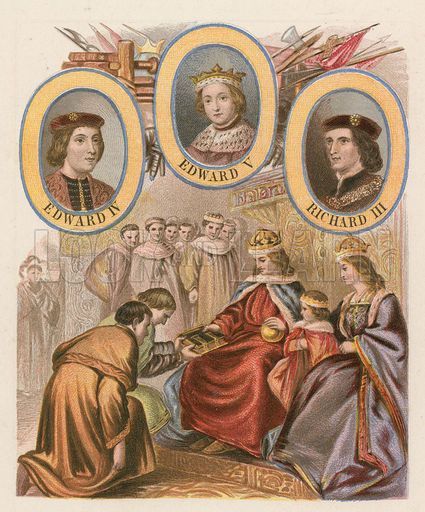
Everyone agreed with this, and he was acclaimed king on 26 June and crowned on 6 July. Then the princes seem to have vanished, and in due course Tudor spin would make it seem that Richard had them killed.
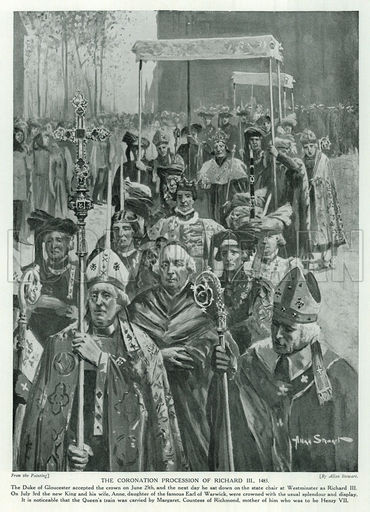
King Louis the First and Last (see http://www.catherinehanley.co.uk/historical-background/king-louis-of-england), is generally regarded as not being a king of England because he had no coronation. However, the eldest son of Edward IV is counted as Edward V, even though he was never crowned and certainly did not rule. Jones believes this was entirely due to Henry Tudor, who had no ‘meaningful’ claim to the throne, but had seized it in 1485 when Richard was killed at the Battle of Bosworth. Henry, a usurper, saw how helpful it would be for him if Richard could be designated a regicide. That was why the boy Edward was recognized as a king, even though he never had been. And if anyone had a motive for killing the boys in the Tower, it was Henry Tudor!
‘The bones of two children are still on show in the Tower [sic], proof of Richard’s wicked deed. They were discovered in the seventeenth century, and examined in 1933, when they were said to be vital evidence of the crime. But no-one knows when they date from.’
Everything we know of Richard reveals him not to have been a tyrant. To quote Jones: ‘Almost the first thing he [Richard] did on becoming king was to pay off £200 he owed to York wine merchants. Now there’s a tyrant for you!’
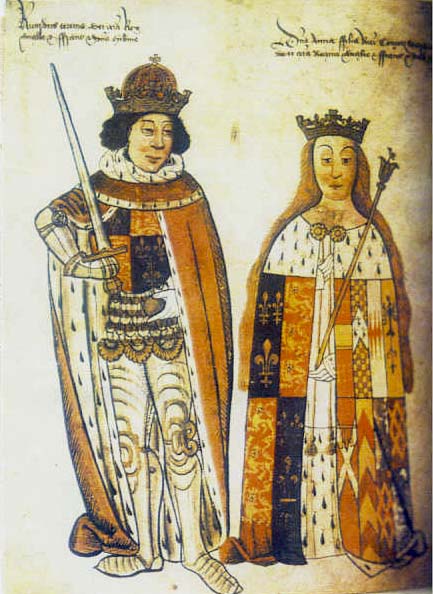
Next Richard, with his queen, Anne, rode north with his entire court, to stage a second coronation. The city of York was notified in advance by the king’s secretary:
‘Hang the streets thorough which the king’;s grace shall come with clothes of arrass, tapestry work and other, for there commen many southern lords and men of worship with them.’
The city put on a particularly lavish display, and all the city fathers, with the mayor, wore scarlet robes as they rode with the king and queen. York seemed to be made of cloth, and the monarchs stopped to watch ‘elaborate shows and displays’.
Of course, all this did not go down well with southern lords. It plunged still farther when Richard gave his northern friends plum places at court. That was why the unworthy outside, Henry Tudor, gained support. He had no real right to claim the throne, but he managed, through treachery, to kill Richard at Bosworth.

York was devastated. ‘King Richard late mercifully reigning upon us was through great treason of the Duke of Northfolk and many others that turned ayenst him, with many other lords and nobles of these north parts, piteously slain and murdred to the great heaviness of this city.’
The only reason we have been brainwashed into believing ill of Richard III is because the Tudors were clever and forceful when it came to spinning their side of events. Henry Tudor’s reign commenced shakily, so he invented a bogeyman.
When Richard was alive, writer John Rous wrote of him as ‘a mighty prince and especial good Lord’. Under the Tudors, Rous ‘portrayed him as akin to the Antichrist’: ‘Richard spent two whole years in his mother’s womb and came out with a full set of teeth’. Shakespeare also wrote under a Tudor monarch, and his sources were Tudor documents.
‘Propaganda, thy name is Henry.’
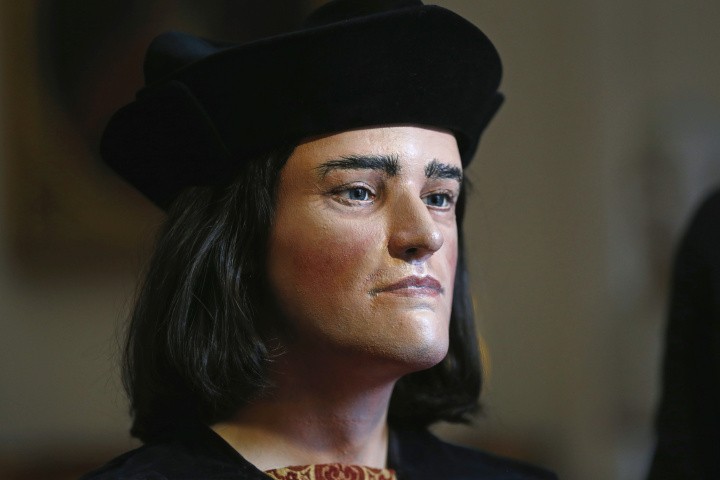

Except there are no bones “on show in the Tower.” Are there?
LikeLiked by 2 people
Not on show in the Tower, but in an urn in Westminster Abbey
LikeLiked by 2 people
Actually isn’t the 2nd coronation in York was that of Richard’s son when he was made Prince of Wales? It is the tradition of the King (or Queen) to crown his heir as Prince of Wales.
LikeLike
Yes, a blooper – but the passage is a quote. I’ve added a [sic] to show I know it’s wrong. Thanks for drawing my attention to it.
LikeLiked by 2 people
I’ve read Jones’ book, and it’s very good.
LikeLike
In reference to Richard III, Wm Shacksper was a hack.
LikeLike